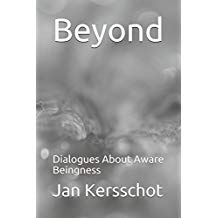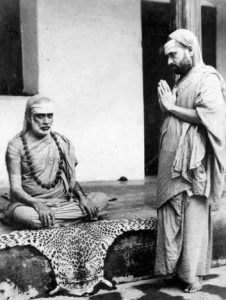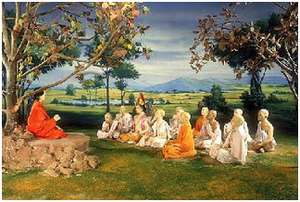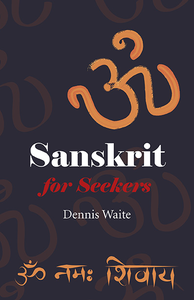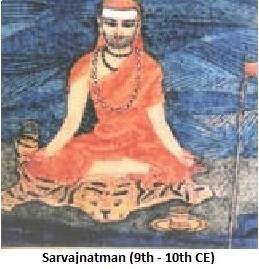[This Series of posts is based on Shri Yellamraju Srinivasa Rao (YSR)’s Audio Talk in Telugu – An Overview of The Advaita Doctrine – 4/192 .The write up here is a free translation after slight modifications and editing. The Talk was described by a seeker as “Powerful and Compelling.” I do not know if I could achieve that ‘force of persuasion and spirit’ in the translation. Yet I hope the Reader gets at least a flavor of the original Talk, if not the whole taste, in this English rendition.]
Any philosophical knowledge system comprises three components – The Doctrine (siddhAnta), The Method or the Process (sAdhana) and The Results or the Fruit (siddhi). (‘siddhi‘ is attainment and need not be confused with ‘sAdhya’ which means aim or objective to be achieved).
The doctrine expounds the subject matter of the teaching. The method or the process is the effort we make to experience what is taught. The result or the fruit is the fructification of our effort, which is the im-mediated direct “experiential understanding” of what was taught.
We begin the study of any subject with an intention to learn and implement, and complete the study with an experiential understanding of the subject. We hope to experience a feeling of satiation at the end of the study. The effort to implement what we learn, sAdhana, therefore, is an important part of any teaching. ‘siddhAnta’ or the teaching is like a recipe, while ‘sAdhana’ is like cooking a dish following the recipe. In fact, the Sanskrit word sAdhana also means cooking! The siddhi or the fruit is the ‘contentment’ we get after eating the dish. Continue reading


